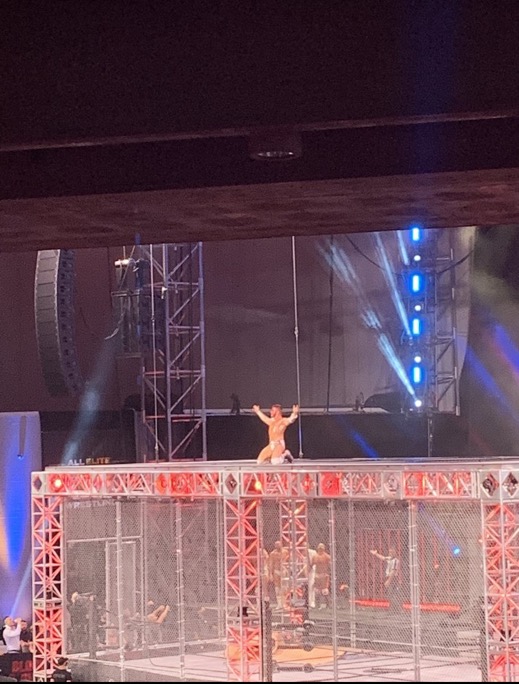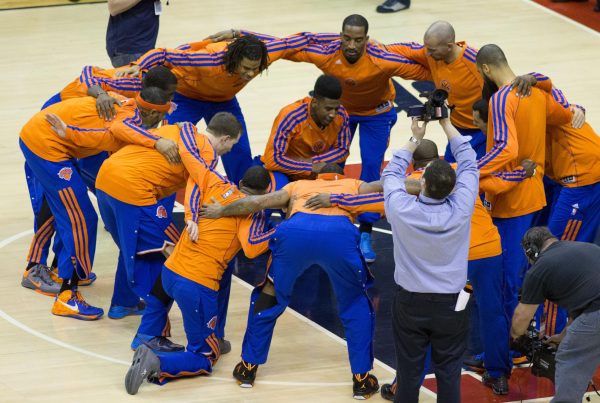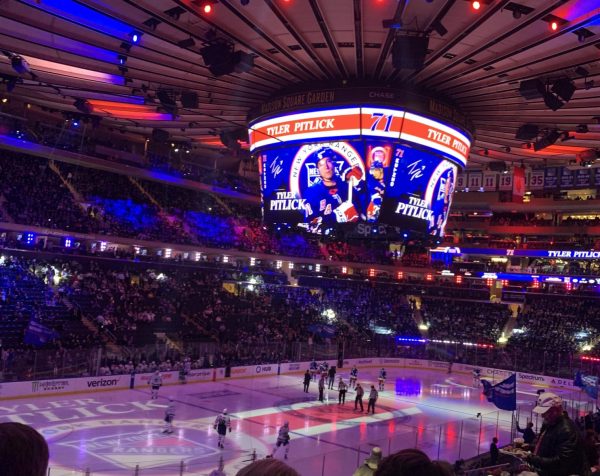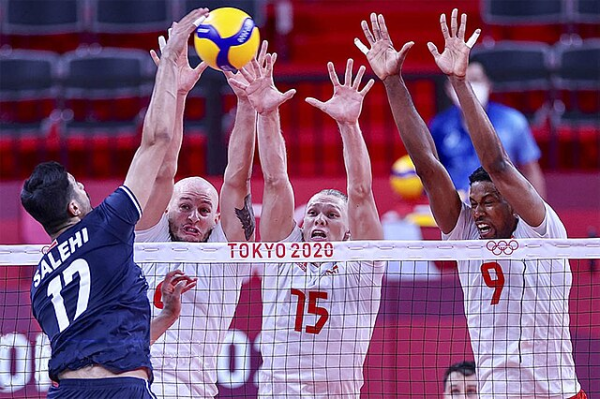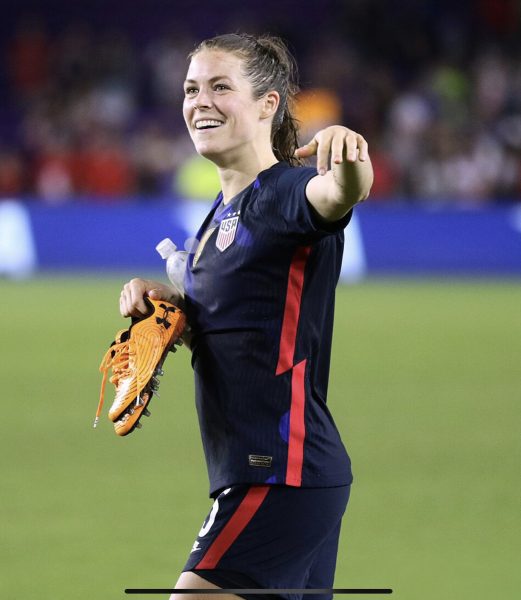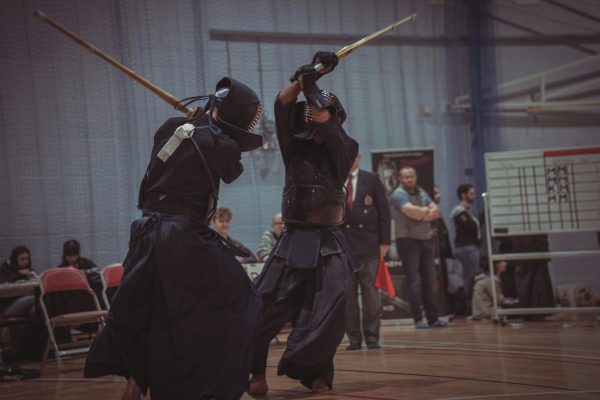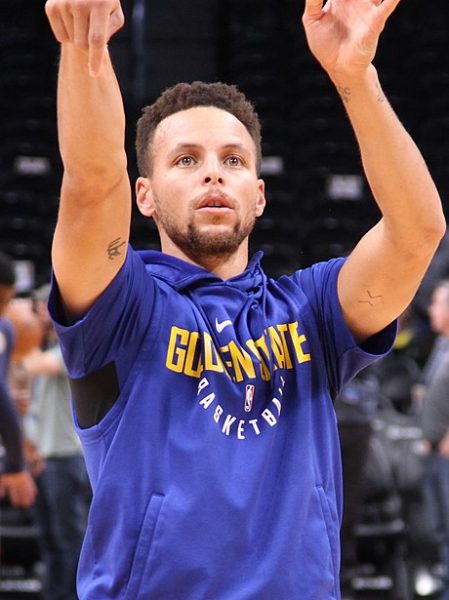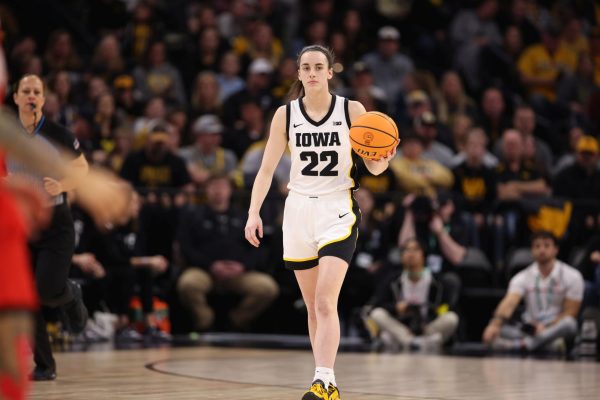Who Won the Wednesday Night Wars?
After a little over two years, the battle between All Elite Wrestling and NXT finally comes to a close.
MJF leads The Pinnacle to victory against Chris Jericho’s Inner Circle at the first ever AEW Blood & Guts match.
“It’s Wednesday and you know what that means.”
That is how the legendary commentator Jim Ross opens every AEW Dynamite, commemorating the life of former TNT champion, Brodie Lee. When Cageside Seats asked what the line meant, Lee said, “It means something very specific to me that people may never know…and you get yourself your answer. That’s what it means to you.”
For many wrestling fans, Wednesday nights were the most exciting time of the week, as All Elite Wrestling and NXT clashed head to head in their weekly ratings war for 78 weeks. These Wednesday Night Wars were a callback to the Attitude Era when the World Wrestling Federation’s (WWF, now WWE) Raw and World Championship Wrestling’s (WCW) Nitro competed during the Monday Night Wars. Both eras were times of immense competition that were held together by the remarkable quality of the wrestling shows. Haris Khan ’21 said, “The Wednesday Night Wars influenced AEW and NXT to try different things to secure higher ratings like pay-per-view style editions of shows. I think having both shows on separate days can lead to lazy booking since it will be running unopposed, but the ratings will increase for both shows, and it will be a treat for wrestling fans who get to see more good wrestling.”
What made this “war” special was the idea that both AEW and NXT wanted to stand out from what was considered mainstream wrestling at the time, by focusing on more grounded storytelling and sports-based presentation. The last time that a mainstream wrestling company focused on those two aspects was during WWE’s Ruthless Aggression Era and when Total Nonstop Action Wrestling (TNA, now Impact Wrestling), in its prime, was considered the second biggest wrestling promotion in the world, just behind WWE. While Triple H was the main man behind NXT, AEW was led by billionaire Tony Khan and his four executive vice presidents (also known as The Elite: Cody Rhodes, Nick and Matt Jackson (The Young Bucks), and Kenny Omega). With Triple H’s many years of experience behind the scenes in WWE and The Elite’s diverse wrestling backgrounds, they lit the fuse every Wednesday night in a way that was simply phenomenal.
“I have always been on Team AEW since I first saw its programming. The main thing I respect about AEW is its originality and the fact that wrestlers have creative freedom when it comes to booking storylines and cutting promos,” said Alvi Kamal ’25. He brings up an important point when mentioning the creative freedom that wrestlers have in AEW, as that is one of the main things Tony Khan promised alongside a long-time-no-see TV-14 rating, before launching AEW to people’s screens. In WWE, wrestlers would receive scripts to recite in front of an audience, which depending on the person, would sometimes come off as inauthentic and forced to fans like Kamal.
Much of it may be due to the fact WWE lacks a TV-14 rating, which would allow promos to have more fire and intensity. Regardless, creative freedom has been one of the main reasons why huge WWE stars like Chris Jericho and Jon Moxley made the jump to AEW. In an interview with Chris Van Vliet, inaugural AEW World Champion Chris Jericho said, “I worked there (WWE) for twenty years. They have a way of doing things, and it’s awesome. It’s a great place to work, but I grew out of it. I don’t need to be coddled or told what to do.”
On the other side of the fence, there were fans who were more interested in watching NXT than AEW Dynamite. Asif Anzum ’21 said, “What I like most about NXT is its connection to WWE’s main rosters. Since NXT is under the WWE umbrella, it gives NXT stars the advantage to work with more mainstream stars that would build interest and intrigue with brand warfares and the possibilities of different dream matches.” Anzum is absolutely correct when he mentions NXT’s advantage over AEW: the WWE umbrella. With WWE’s history stretching over four decades, it has gained a large following over the years, thanks to WWE Chairman Vince McMahon’s outlook to transform the once-northeastern territory into a global franchise.

The best example of NXT working with WWE’s main rosters is Survivor Series (2019). NXT stars like Roderick Strong and Tommaso Ciampa were able to wrestle icons like AJ Styles and Randy Orton. The entire build to the pay-per-view included all three companies invading each other to establish dominance prior to their inter-brand matches. Haris Khan ’21 said, “My favorite moment for NXT from the war was the first time they won the ratings, because they won for a few weeks in a row, as the inter-brand warfare that led to Survivor Series brought many eyes to the product.”
Although NXT greatly benefits from its association with the WWE name, AEW has its own blend of star power and inter-promotional partnerships. The almost two-year-old promotion has signed legends like Sting, Chris Jericho, and Matt Hardy to wrestle matches with homegrown talent to bring eyes to the current product and solidify the future of the business with stars like Maxwell Jacob Friedman and Darby Allin.
AEW also had huge names like Snoop Dogg, Mike Tyson, and Shaquille O’Neal making guest appearances on their shows. While Snoop frog-splashed onto Serpentico and “Iron Mike” engaged with Cash Wheeler, Shaq had a tag team match with Jade Cargill against Cody Rhodes and Red Velvet. “My favorite moment in the Wednesday Night Wars is when Cody Rhodes jumped on Shaquille O’Neal through the tables in AEW Dynamite,” said Alex Cardenas ’21.
In addition to its diverse roster and star power, AEW kicked open the “forbidden door” and formed multiple partnerships with other notable promotions that include: Impact Wrestling, National Wrestling Alliance (NWA), New Japan Pro Wrestling (NJPW), Lucha Libre AAA Worldwide (AAA), DDT Pro-Wrestling (DDT), and Tokyo Joshi Pro Wrestling (TJPW). While numerous wrestlers from these aforementioned promotions wrestled in AEW, Kenny Omega won the AEW World Championship, the AAA Mega Championship, and the Impact World Championship, making him one of the biggest and busiest professional wrestlers in the world.
“If there is one person who has been leading the company this whole time, it would have to be Kenny Omega,” said Kamal. Andrew Eastwick ’21 said, “My favorite match happened during AEW New Year’s Smash: Night 1 when Kenny Omega defended the AEW World Championship against Rey Fenix.” Khan says, “The most important wrestlers for AEW during the war had to be Chris Jericho, Kenny Omega, and Jon Moxley. On the other hand, the most important wrestlers for NXT would have to be Finn Balor, Adam Cole, and Tommaso Ciampa.”
With my first ever article for The Science Survey covering the beginning of the Wednesday Night Wars and my final one covering its culmination, I could not think of a better way to go out. It’s a lot like Sting’s famous line- “the only thing that’s for sure is nothing’s for sure.” Just maybe taking our days one at a time can help us to see why every day is so special.
Although AEW trampled NXT in the ratings war with 63 wins against 10, the question remains: who really won the Wednesday Night Wars? With wrestling fans receiving at least five nights of wrestling content a week, maybe we should rub our eyes and see that the true winners of the Wednesday Night Wars were…
Us.
With Triple H’s many years of experience behind the scenes in WWE and The Elite’s diverse wrestling backgrounds, they lit the fuse every Wednesday night in a way that was simply phenomenal.
Saad Khandakar is an Arts & Entertainment Editor for ‘The Science Survey.’ Khandakar believes the most appealing aspect of journalistic writing...

